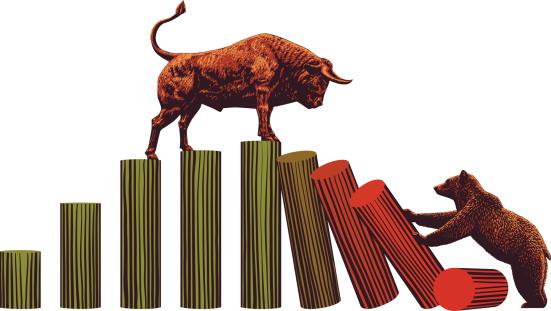
Stocks and bonds are asset classes in fundamental opposition to one another. Stock represents equity ownership in a company. Bonds represent a loan to a company or government. Shareholders are often borrowers, and bondholders are always lenders. Borrowers and lenders exist on opposite sides of a transaction, so it makes intuitive sense that the stock and bond markets would be similarly opposed.
For most investors, bonds, commonplace though they might be in the papers and on the news, are actually a difficult topic to be grasp for most investors. That’s because very few investors own them and will mostly be held by institutional investors such as mutual funds, banks and insurance companies. On average, most retail investors would hold less than 5 per cent of government bonds while institutional investors would account for 95 per cent of the treasury holdings. According to the Q2 2015 CMA Statistical report, individual investors held less than 6 per cent of corporate bonds.
Back to the myth. To explain it, let’s look at both markets. When it comes the Treasuries, there is some reason to expect that the yields on these securities can affect the stock market. A bond’s yield is it price divided by the interest rate that it pays. If the price is low, then the yield is high, because the interest rate or coupon, in most cases, doesn’t change. Treasuries are relatively safe but offer low returns. With the stock market, however, investors typically use it to generate higher returns, which they accept as compensation for the risk involved in stock investing.
This is how the myth is supposed to work. When the price for Treasuries dips to the point where the yield on the Treasury market is higher than the return offered by stocks-this can happen during prolonged bear markets or during sideways market. Money might well flow out of stocks and into Treasuries, causing further price declines in stocks. Of course, all of that money moving into Treasuries would eventually raise the Treasury prices, thus depressing the yield, making stock returns look appealing once more.
Now, let’s focus on the year 2011 when interest rates (as represented by CBR, Central bank rate) rose form 5 per cent at the start of the year to 18 per cent in the last quarter of that year. Most bond portfolios were decimated. In the same year, the stock market lost over 35 per cent. If investors who saw the widening bond yields from the start and pulled out into stocks, they would have suffered losses. The relationship as explained between these two markets simply failed to hold. It seems strong correlations observed in the past are breaking or have already broken. Markets now determine wherever markets choose to go.
This leaves us with one conclusion; that the stock market is best valued based on the fundamentals of stocks while the government bond market should also be valued based on how favourable it is. Stocks are for investors who require substantial growth over a long period of time while bonds are for investors who require safety and are willing to give up return for it. It is best to judge each on its own merits.
